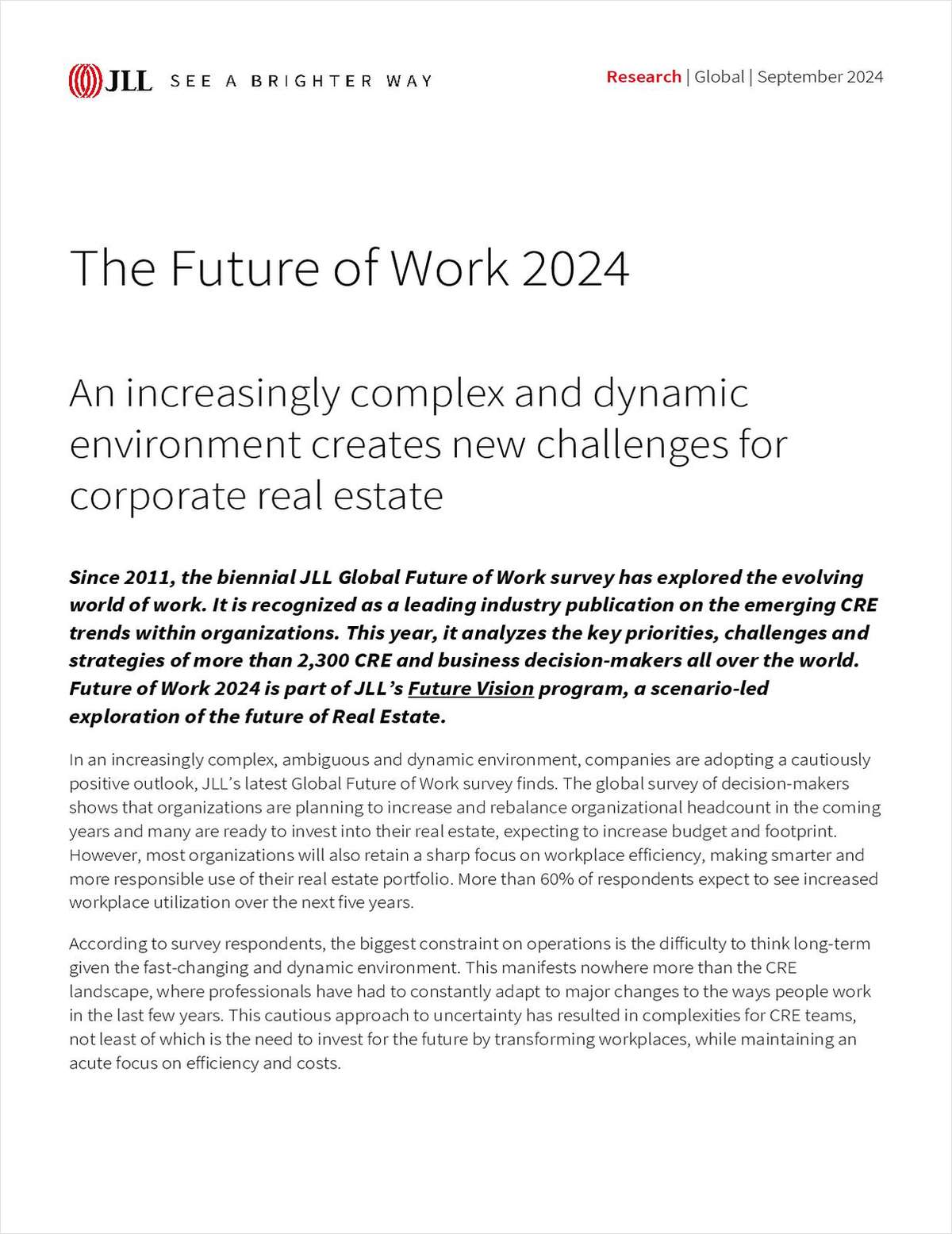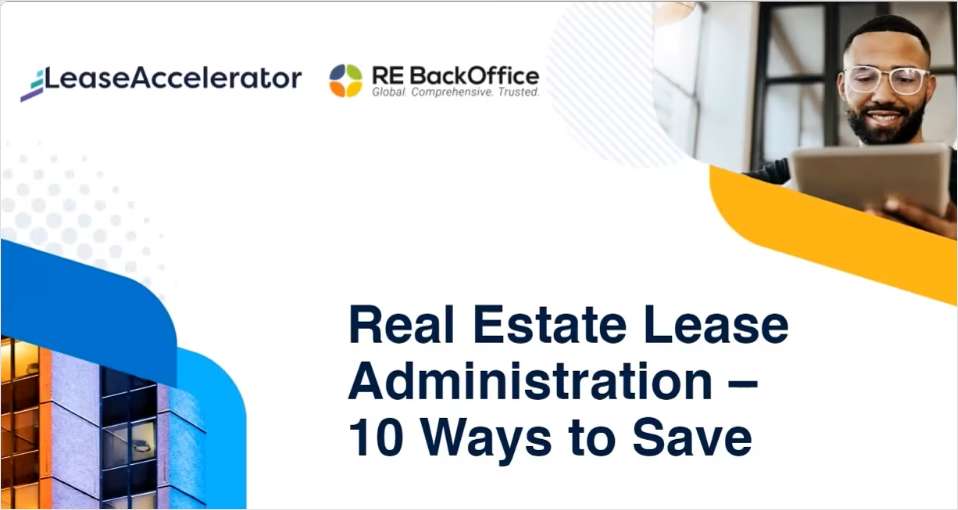 Online returns are increasing as more and more people are shopping online. According to a report from CBRE, holiday shopping returns totaled $41 billion this season, and online purchases are returned between 15% and 30% more than in-store purchases. The high rate of returns is expensive for ecommerce companies, and will only continue to increase until a viable solution is found.
Online returns are increasing as more and more people are shopping online. According to a report from CBRE, holiday shopping returns totaled $41 billion this season, and online purchases are returned between 15% and 30% more than in-store purchases. The high rate of returns is expensive for ecommerce companies, and will only continue to increase until a viable solution is found.
"Returns are increasing on a relative basis," Kurt Strasmann, executive managing director at CBRE, tells GlobeSt.com. "Returns are increasing as ecommerce sales and online purchases are increasing. It will continue to increase. The returns and the reverse logistics has been a very puzzling issue for all e-tailers to understand because it is a very expensive issue."
The problem is multi-faceted, but the core of the issues is simply that the warehouses that store and ship goods are not equipped to take them back again. "When items come back to the 3PL, it is not an efficient storage process for the return sales," says Strasmann. "The same thing on the disposition of the item. It also takes time and labor to sort and store items. There isn't an efficient way to handle it right now."
For e-tailers with a brick-and-mortar presence, the simple solution is to guide people into the store to make returns, which has some benefit. "In theory, retailers would love to have you return the item to the store," says Strasmann. "There is data that shows that people buy more when they are in the store in other goods. That would be the best case scenario, but you still have to deal with the returned item. Sometimes stores will just tell customers to keep it. That is a good example of the complexity and difficulty in handling these returns." Of course, this solution only fits for omnichannel platforms, not online-only retailers.
For industrial owners, the returns dilemma could mean more competition for space in an already tight market. "The return issue is a big problem, but for real estate owners, that means that e-tailers will need space to handle this product," says Strasmann. "That will really add to the strength of the industrial market. This isn't going away."
For now, deciding how to handle returns is the most significant issue in the ecommerce industry. "The problem isn't going away, and I don't think anyone has really solved it. It will continue to be here until someone does solve it," says Strasmann. "There are some theories, like there will be two types of pricing, one for returns and one for no returns."
Want to continue reading?
Become a Free ALM Digital Reader.
Once you are an ALM Digital Member, you’ll receive:
- Breaking commercial real estate news and analysis, on-site and via our newsletters and custom alerts
- Educational webcasts, white papers, and ebooks from industry thought leaders
- Critical coverage of the property casualty insurance and financial advisory markets on our other ALM sites, PropertyCasualty360 and ThinkAdvisor
Already have an account? Sign In Now
*May exclude premium content© 2024 ALM Global, LLC, All Rights Reserved. Request academic re-use from www.copyright.com. All other uses, submit a request to [email protected]. For more information visit Asset & Logo Licensing.








